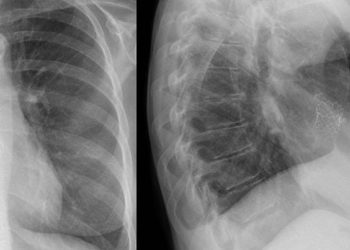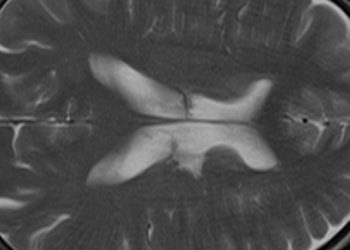Restrictive versus liberal fluid resuscitation strategy for post-partum hemorrhage
1. Using a restrictive fluid resuscitation strategy for early to mild post-partum hemorrhage yielded similar hemodynamic outcomes as a liberal fluid resuscitation strategy.
Evidence Rating Level: 1 (Excellent)
Postpartum hemorrhage (PPH) is a leading cause of maternal death internationally. Currently, the PPH guidelines set by the Royal College of Obstetricians and Gynecologists outline a liberal fluid resuscitation strategy, recommending administration of twice the blood volume lost. However, Dutch guidelines note that no evidence is available for providing more fluids than the lost volume. Restrictive fluid resuscitation has been proposed, since it has been effective in other areas of medicine, although no other randomized controlled trials (RCTs) have been done assessing the best fluid administration strategy for PPH. Therefore, the current RCT based in the Netherlands aimed to compare liberal versus restrictive fluid resuscitation in PPH patients. The study population consisted of women undergoing both vaginal and caesarean deliveries, with at least 500 mL blood loss. 130 patients were in the restrictive group, receiving 0.75-1.0 times the lost blood volume, and 119 patients were in the liberal group, receiving 1.5-2.0 times the lost volume. The primary outcome assessed was progression to 1000 mL blood loss. Overall, fewer patients in the restrictive group reached 1000 mL blood loss than the liberal group (39.2% versus 51.3%), but this was not a statistically significant result (difference of -12.0%, 95% CI -24.3% to 0.3%, p = 0.057). The mean blood loss was similar, with 1182 (SD 761) mL in the restrictive group and 1242 (SD 621) mL in the liberal group (p = 0.5). There was also no difference in hemoglobin levels at 1 hour and 24 hours after fluid administration, and no difference in coagulopathy or need for blood products. In conclusion, implementing a restrictive fluid resuscitation policy may be more effective at preventing progression to 1000 mL blood loss, but did not do so significantly in this study.
Click to read the study in PLOSONE
Image: PD
©2021 2 Minute Medicine, Inc. All rights reserved. No works may be reproduced without expressed written consent from 2 Minute Medicine, Inc. Inquire about licensing here. No article should be construed as medical advice and is not intended as such by the authors or by 2 Minute Medicine, Inc.







